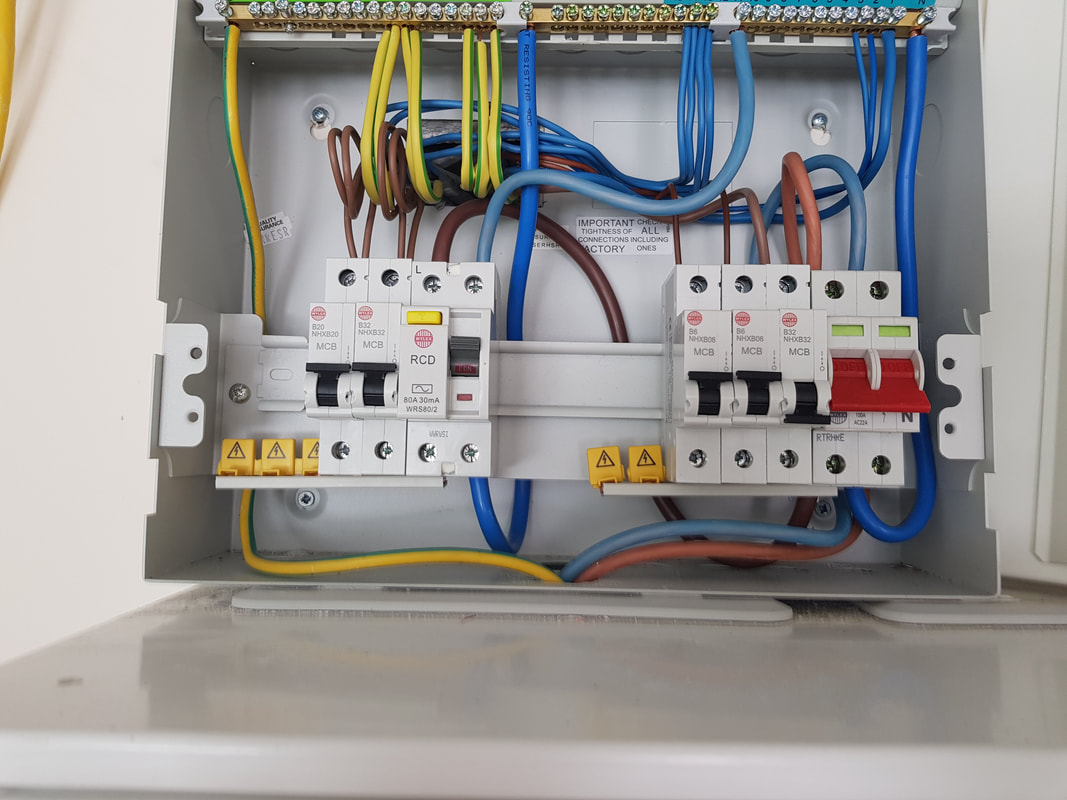Advanced BRE Automation Australia: Transforming Your Automation Demands
Advanced BRE Automation Australia: Transforming Your Automation Demands
Blog Article
Debunking Electric Installment: Recognizing Codes and Rules for a Lawful and Safe Setup
In the world of electric setup, adherence to codes and policies is paramount to make certain both legitimacy and safety. The journey to demystifying electric setup goes past simple knowledge with policies; it requires a profound understanding of exactly how to implement risk-free electrical methods efficiently.
Significance of Electrical Codes
The adherence to electric codes is critical in making certain the safety and security and reliability of electric setups. Electric codes act as a set of requirements and guidelines that dictate the appropriate design, setup, and maintenance of electrical systems. These codes are developed to lessen the threat of electric hazards, fires, and other safety problems that may develop from malfunctioning electrical work.

Moreover, electrical codes are routinely updated to integrate new technologies, finest techniques, and safety and security steps. Staying updated with these codes is necessary for specialists in the electrical industry to make sure that their job meets the most recent safety and security requirements. Inevitably, the importance of electrical codes depends on creating a safe and efficient electric infrastructure that benefits both individuals and areas.
Key Rules for Safety
Several essential regulations regulate the safety and security requirements in electrical installations. One vital guideline is the National Electrical Code (NEC), which supplies guidelines for safe electric layout, installment, and assessment to safeguard people and property from electrical dangers. The NEC covers facets such as electrical wiring methods, grounding, overcurrent defense, and equipment setup to guarantee a secure electric system.
Another vital guideline is the Occupational Security and Wellness Administration (OSHA) standards, which focus on the safety and security of employees involved in electric installations (BRE Electrical Melbourne). OSHA regulations include requirements for proper training, security treatments, and individual protective equipment to avoid work environment mishaps and injuries
Moreover, the International Electrotechnical Commission (IEC) standards intend to integrate electric installment guidelines on a worldwide scale. These criteria address problems like electric tools safety and security, electro-magnetic compatibility, and energy effectiveness to advertise harmony and security in electric setups worldwide.
Conformity with these crucial policies is important to make certain the safety and security and validity of electrical installments, safeguarding both people and residential or commercial property from the threats related to power.
Comprehending National Electric Code
Key guidelines such as the National Electrical Code (NEC) give important standards for safe electrical design, installment, and inspection to make certain the BRE Automation Australia security of people and property from electric risks. The NEC, likewise called NFPA 70, is a thorough set of requirements for electric installations that are upgraded every 3 years. It is established by the National Fire Security Organization (NFPA) and is widely adopted throughout the United States.
The NEC covers numerous facets of electric job, including circuitry approaches, grounding, overcurrent defense, and devices installation. It aims to safeguard individuals and property by attending to potential threats connected with electrical systems. Compliance with the NEC is usually implemented by neighborhood authorities having jurisdiction (AHJs), such as building code officials and examiners.
Comprehending the NEC is essential for electric service providers, developers, and assessors to make sure that installations satisfy the essential security requirements. By adhering to the NEC guidelines, experts can assist stop electrical mishaps and guarantee the reliability of electrical systems in domestic, commercial, and commercial settings.

Compliance With Local Building Codes
Understanding and sticking to neighborhood structure codes is necessary for ensuring the safety and conformity of electric setups within a specific territory. These codes lay out particular requirements for electrical setups, such as the kind of wiring to be used, positioning of outlets, basing approaches, and lots abilities.
When it concerns electric installations, failing to follow regional building regulations can lead to severe consequences. Non-compliant setups may position security hazards, enhance the threat of electric fires, and bring about expensive fines or lawful concerns. Additionally, insurer may decline to cover problems resulting from installations that do not fulfill neighborhood building ordinance needs. As a result, it is essential for electrical contractors and contractors to stay notified around and strictly follow the regional building codes appropriate to their tasks.
Making Certain Safe Electrical Practices
Practicing rigorous adherence to established safety procedures is critical in the field of electrical installments to minimize prospective dangers and guarantee the health of people and properties. Safety in electric work encompasses different facets, beginning with the appropriate training of employees involved in installation, upkeep, and repair. By prioritizing secure methods, electric installations can work efficiently while decreasing the probability of crashes or damage.
Conclusion
To conclude, adherence to electric codes and laws is crucial for making certain the safety and security and legitimacy of electrical setups. Recognizing the National Electric Code and compliance with local structure codes are vital for a secure configuration. By complying with these guidelines and practicing risk-free electrical practices, people can stop potential threats and make sure the appropriate performance of their electric systems.
Report this page